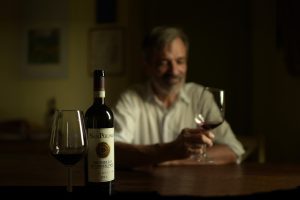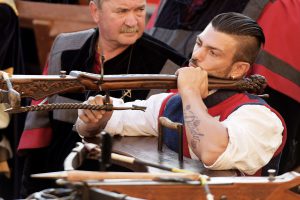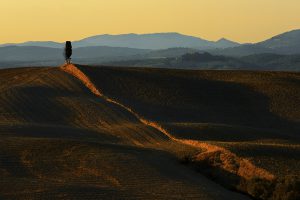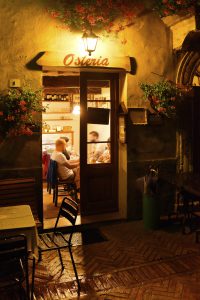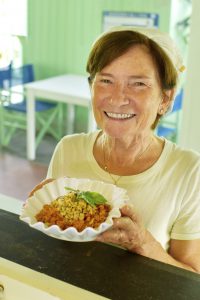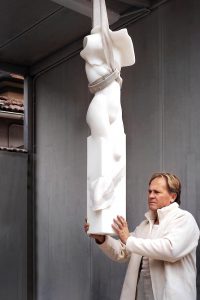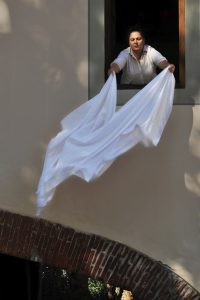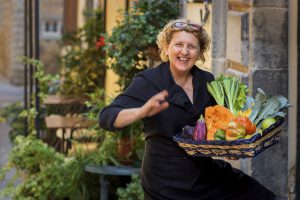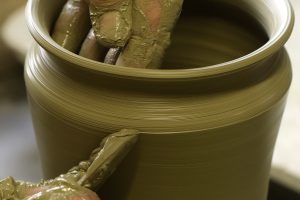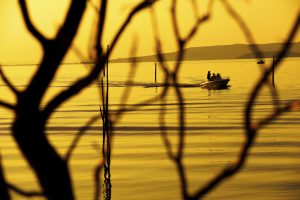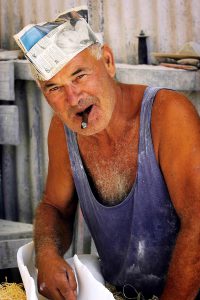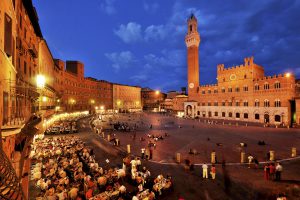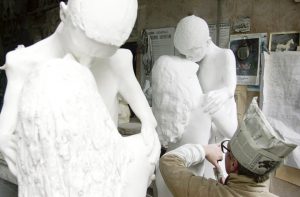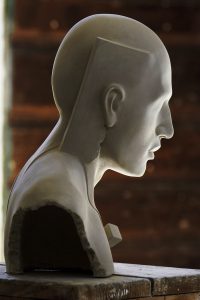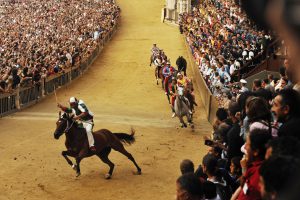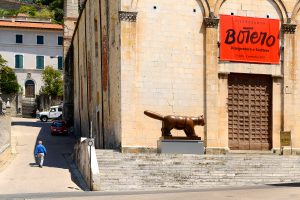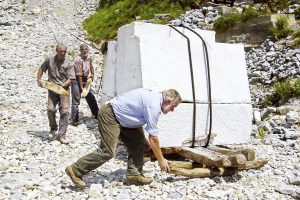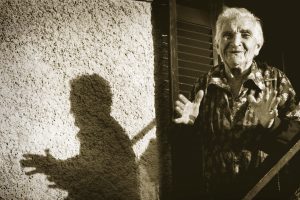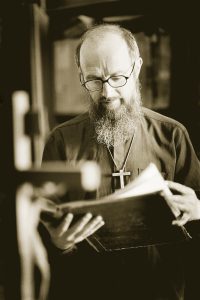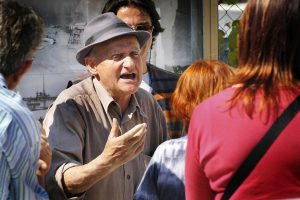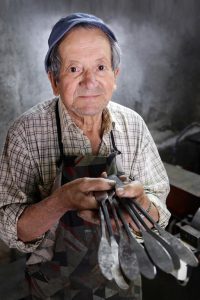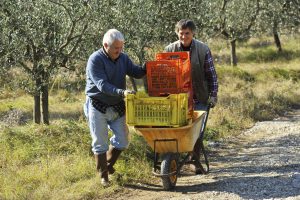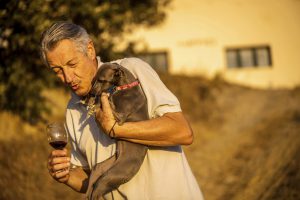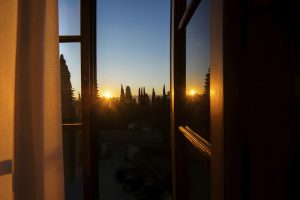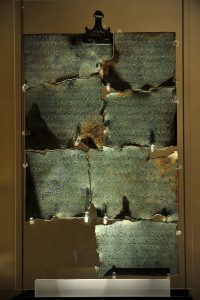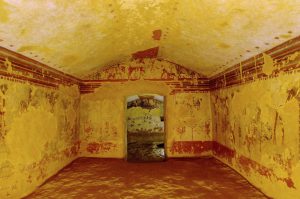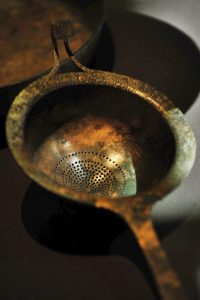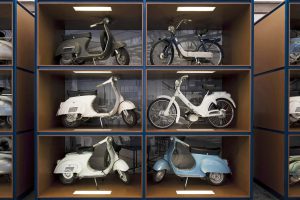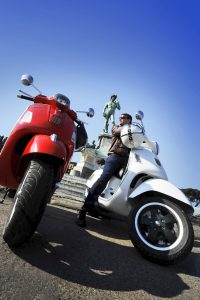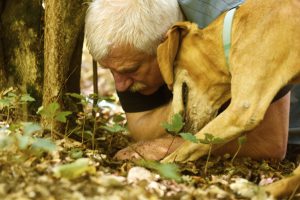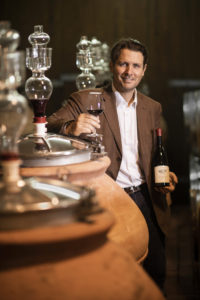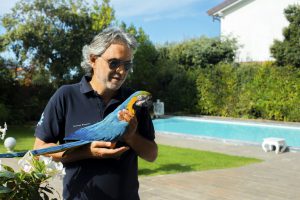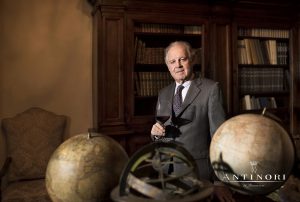THE ETRUSCAN SPIRIT (Buch in Arbeit)
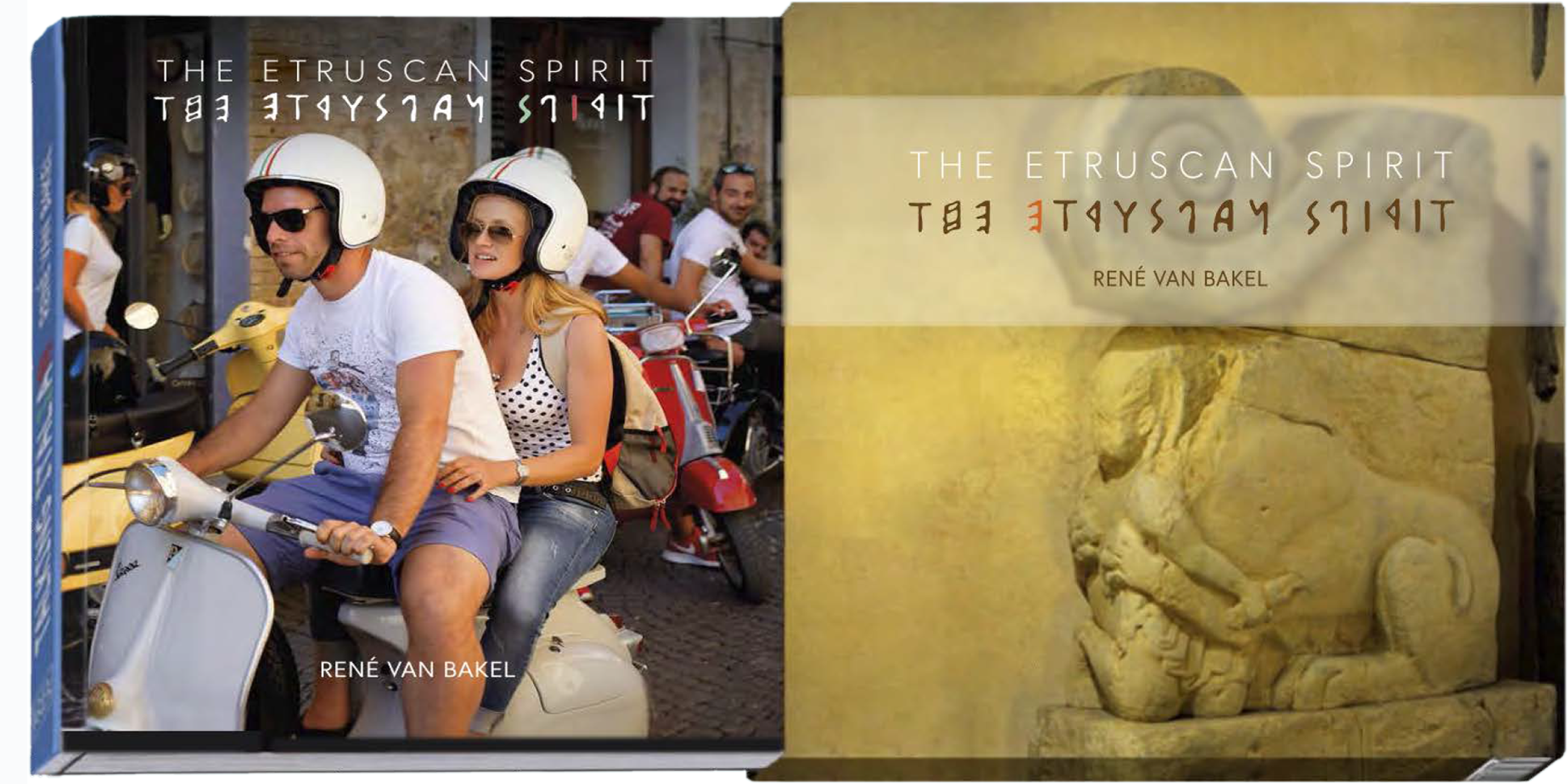
THE ETRUSCAN SPIRIT (Arbeitstitel)
Text & Fotos: René van Bakel
Sprachen: Englisch - Deutsch - Italienisch
256 Seiten 24/30 cm inklusive Hülle
Opulenter Bildband mit Text (ca. 40.000 Zeichen)
INHALT
Bereits in den frühen Jahren dieses Jahrtausends hat sich der Fotograf und Buchautor René van Bakel auf die Spuren der Geschichte von La Dolce Vita begeben und sie bis zu den Etruskern zurückverfolgt. Darüber hinaus vergleicht van Bakel, wie viel von ihrer alten Kultur, also dem etruskischen Geist, überlebt hat und noch heute den Alltag in Mittelitalien und weit darüber hinaus prägt. Durch zahlreiche Aufenthalten, umfangreiche Recherchen und Begegnungen mit Menschen vor Ort hat van Bakel die Hintergründe der einst von den Etruskern beherrschten und beeinflussten Gegend erforscht.
Während der Blütezeit ihrer Kultur (7. und 6. Jh. v. Chr.) erstreckte sich das etruskische Gebiet von der Poebene und der Adria an der Ostküste bis hinunter zur westlichen Seite der stiefelförmigen Halbinsel, bis nach Pompeji, Salerno und Positano an der Amalfiküste. Die heutige Toskana bildete den größten Teil und Kern des etruskisch geprägten Landes. Im Osten war ihr Gebiet mehr oder minder durch die alpinen Gebirgsketten begrenzt. Auf See reichte die etruskische Herrschaft von La Spezia im Norden bis nach Amalfi im Süden und bis zur Ostküste Korsikas.
Die Rasenna oder Rasna, wie sie sich selbst nannten, haben ihr Gebiet gut gewählt. Sie besetzen die fruchtbarsten Gebiete. Darüber hinaus hatten sie sicheren Zugang zu einer Vielzahl anderer Ressourcen wie Eisen, Bronze und dem Boden, der die Grundlage für ihre Keramikkunst und ihre Gebrauchsgegenstände bildete. Die Etrusker schufen bereits im 7. Jahrhundert v. Chr., als Rom noch ein Dorf war, Atriumhäuser mit Terrakotta-Dächern (Vetulonia) und sogar Festungen mit erkennbaren Innenhofstrukturen (Murlo). Außerdem kontrollierten sie eine Reihe wichtiger Häfen und waren große Reiter, was es ihnen ermöglichte, ihre Waren wie Wein und Olivenöl nach ganz Europa und den nördlichen Teil des Mittelmeers zu exportieren.
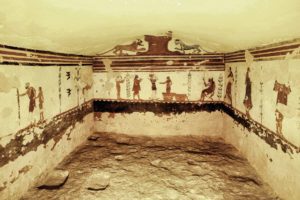
Tomba dei Giocolieri, Tarquinia (6. Jahrhundert v.Chr.)
Der fruchtbare Boden, der Reichtum an natürlichen Ressourcen und die Tatsache, dass sie erfolgreiche Seefahrer waren, ermöglichten den Etruskern eine luxuriöse Lebensweise, einschließlich großzügiger Bankette und Feste, mit Künstlern, Tänzern und Musikern. Ein Lebensstil, der vor jener Epoche nicht in dieser Art vorhanden war. Dies hat René van Bakel zu der Schluss gebracht, dass der Ursprung von La Dolce Vita eindeutig mit dem Aufstieg der Etrusker in Verbindung steht.
Für dieses Projekt führte und führt van Bakel zahlreiche Interviews und kreierte dabei ebenso viele Porträts. Um die historischen Fakten zu überprüfen, traf er sich mit Archäologen und Wissenschaftlern. Ebenso hat er die typischen etruskischen Berufe und den Ursprung von La Dolce Vita verfolgt, indem er Wein- und Olivenbauern, Handwerker, Künstler, Architekten, Musiker, Modeschöpfer, Spitzenköche und berühmte Persönlichkeiten aus dem Gebiet besucht hat, deren Berufe noch immer auf die Etrusker zurückgehen. Der Autor und Fotograf spannt den Bogen von der Vergangenheit bis in die Gegenwart und erzählt die Geschichte dessen, was höchstwahrscheinlich den Ursprung von "La Dolce Vita" darstellt.
Wieso La Dolce Vita?
Der Autor hat Jahre im Militär und als Kriegskorrespondent in vielen der schlimmsten Kriegsgebiete der Welt verbracht. Dort erlebte er, wie Menschen sich gegenseitig und alles um sie herum zerstören können. Es war mehr, als er ertragen konnte, weshalb er diesen Job kündigte.
Von da an suchte van Bakel nach dem Gegenteil: Menschen, die in Frieden zusammenleben, das Leben genießen und schaffen, anstatt zu zerstören.
Ein berühmtes Zitat von Charlie Chaplin kommt in den Sinn:
"Macht brauchst Du nur, wenn Du etwas Böses vorhast. Für alles andere reicht Liebe um es zu erledigen."
Mit diesem Projekt hofft René, die Menschen dazu zu inspirieren, in Frieden zu leben, zu gestalten und das Leben zu genießen, anstatt Krieg zu führen.
Es ermöglicht ihm auch, seinen Kindern eine andere Geschichte zu erzählen:
Eine Geschichte von Liebe, Hoffnung und Schöpfung, nicht von Angst, Hass und Zerstörung.
Diese Geschichte ist eine vielschichtige Odyssee, die entlang vieler verschiedener Berufe und Menschen in einem außergewöhnlich vielfältigen und schönen Land führt. Die Protagonisten haben alle eines gemeinsam: Sie hatten einen Traum und diesen Traum haben sie mit Leidenschaft verfolgt. Schritt für Schritt arbeiteten sie auf ihr Ziel hin und genossen das Leben gemeinsam mit ihren Freunden und ihrer Familie, als wäre es ihr letzter Tag. Im Austausch die Möglichkeit finden, zu reflektieren und sich anzupassen. Denn Perfektion wächst nicht an einem Tag, und sie entsteht auch nicht aus einem Burnout.
Diese Geschichte zeigt, dass La Dolce Vita außergewöhnliche Schönheit und große Möglichkeiten entstehen lässt. Und das schon seit den Tagen der Etrusker, vor Tausenden von Jahren. Lasst uns diese Seite der Geschichte immer wieder wiederholen. Aber auf eine nachhaltige Weise!
AUFBAU (Entwurf)
- Vorwort
- Einleitung mit historischer Darstellung des Etrusker-Volkes (Villanova) einschließlich neuer Überlegungen über ihren Ursprung, die auf den neuesten Fakten und Erkenntnissen basieren, und einer Erklärung, warum dies für die Geschichte von La Dolce Vita wichtig ist.
- Beispiele der etruskischen Lebensweise im Zusammenhang mit La Dolce Vita und der Vergleich mit ihrem Äquivalent der heutigen Zeit - mit Porträts und Interviews von Einheimischen und berühmten Persönlichkeiten, deren Werk noch immer bis zu den Etruskern zurückverfolgt werden kann - werden in den folgenden Kapiteln ausführlich dargestellt:
- Italienische Küche
- Wein- und Olivenölanbau
- Kunst, Handwerk und Kultur
- Architektur
- Eisen, Bronze, Keramik und Gold
- Schiffbau, Fischerei und Seefahrt
- Musik
- Mode
- Theater und Spiele
- Sprache
- Spirituelles Leben
- Etruskische Errungenschaften, die dem Zahn der Zeit widerstanden
- Interviews mit Archäologen und Wisschenschaftlern
- Neueste Enthüllungen über die Etrusker, eine neue Theorie über ihren möglichen Ursprung und wie dies dazu beiträgt, Tatsachen zu erklären, die in der Vergangenheit als Rätsel galten.
THE ETRUSCAN SPIRIT (book in progress)
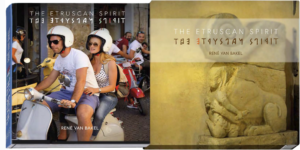
THE ETRUSCAN SPIRIT (working title)
Text & photos: René van Bakel
Languages: English - German - Italian
256 pages 24/30 cm including slipcase
Opulent coffee table book with text (app. 40.000 characters)
CONTENTS
Already since the early years of this millennium, photographer and book author René van Bakel has put himself on the trail of the history of La Dolce Vita and traced it back, all the way to the Etruscans. Moreover, van Bakel compares how much of their ancient culture, in other words, the Etruscan spirit, has survived, and still shapes everyday life now in central Italy and far beyond. Through extensive research, numerous stays and meetings, van Bakel has researched the background of the area that was once ruled or influenced by the Etruscans.
During the height of their culture (7th and 6th century BC) the Etruscan area stretched from the Po valley and the Adriatic Sea on the east coast, all the way down along the western side of the boot shaped peninsula, to Pompeii, Salerno and Positano on the Amalfi Coast. Current Tuscany formed the biggest part, and the core of the Etruscan influence. In the east their territory was more or less bordered by the Apenine mountain range. At sea the Etruscan rule and infuence on sea was ranging from La Spezia in the north to Amalfi in the south, and as far west as the eastern Coast of Corsica.
The Rasenna or Rasna as they called themselves, have chosen their territory well. Occupying the most fertile lands. On top of that, they had secure access to a number of other natural resources like iron, bronze, and the soil that formed the basis of both their ceramic art and utensils. The Etruscans already created atrium houses featuring terracotta roofs (Vetulonia) and even fortresses with a recognizable patio structure (Murlo) as far back as the 7th century BC, when Rome was still a village. On top of that they controlled a number of important harbors, and they were great horsemen, allowing them to export their goods like wine and olive oil internationally throughout Europe and the northern part of the mediterranean Sea.

Tomba dei Giocolieri, Tarquinia (6th century BC)
The fertile soil, the abundance of natural resources and them being great seafarers, enabled the Etruscans an abundant lifestyle, including rich banquets and parties, complete with artists, dancers and musicians. A lifestyle that was not present on such a large scale before this era. This has led René van Bakel to conclude that the origin of La Dolce Vita is clearly linked to the rise of the Etruscans.
For this project, van Bakel has, and still is conducting numerous interviews, creating as many portraits in the process. To check the historical facts he met with archeologists and scientists. In the same manner he has been following up on the typical Etruscan trades and the origin of La Dolce Vita, visiting wine- and olive growers, artisans, artists, architects, musicians fashionados, top chefs and famous personalities from the territory, whose trades can still be traced back to the Etruscans. Relating the story of what most probably was the origin of "La Dolce Vita", The author and photographer spans the arc of a historical past into the present.
Why La Dolce Vita?
The author has spent years in the military and as a war correspondent in many of the evil war zones in various parts of the world. There he experienced how people can destroy each other and everything around them. It was a lot more than he could stomach, so he decided to quit his job.
From then onwards, van Bakel started to search for the opposite: people living together in peace, enjoying life and creating instead of destroying.
A famous quote of Charlie Chaplin comes to mind:
"You need Power only if you want to do something harmful. Otherwise Love is enough to get everything done."
Through this project René hopes to inspire people to live in peace, to create and to enjoy life, rather than to make war.
It also enables himto relate another story to his children:
A story of love, hope and creation instead of fear, hate and destruction.
This story is a great multi-layered Odyssee, leading along many different trades and people in an extraordinary diverse and beautiful country. The protagonists all have one thing in common: they had a dream and this dream they followed with passion. Step by step working towards their goal but at the same time enjoying life together with their friends and family as if it was their last day. Exchanging themselves, thus enabling them to reflect and adjust. As Perfection does not grow in one day, and it does not emerge from burnout either.
This story shows that La Dolce Vita enables extraordinary beauty and great opportunities to arise. And this already since the days of the Etruscans, thousands of years ago. Let’s keep repeating this side of history. But let’s do this in a sustainable way!
STRUCTURE (draft)
Preface
Introduction including historical depiction of the Villanovan/Etruscan people
Examples of Etruscan lifestyle related to La Doce Vita and comparing these to their equivalent in our present day - Featuring portraits and interviews of local inhabitants and famous personalities, whose work can still be traced back to the Etruscans - pictured in detail in the following chapters:
Italian Cuisine
Wine- and Olive-oil growing
Art, Artisanry and Culture
Architecture
Iron, bronze, ceramics and gold
shipbuilding, fishing and seafaring
Music
Fashion
Theatre and games
Language
Spiritual life
Etruscan achievements that withstood the ravages of time
Interviews with archeologists and scientists
Latest revelations about the Etruscans, a new theory as to their possible origin, and how this helps to explain some facts that were regarded as a mystery in the past.
